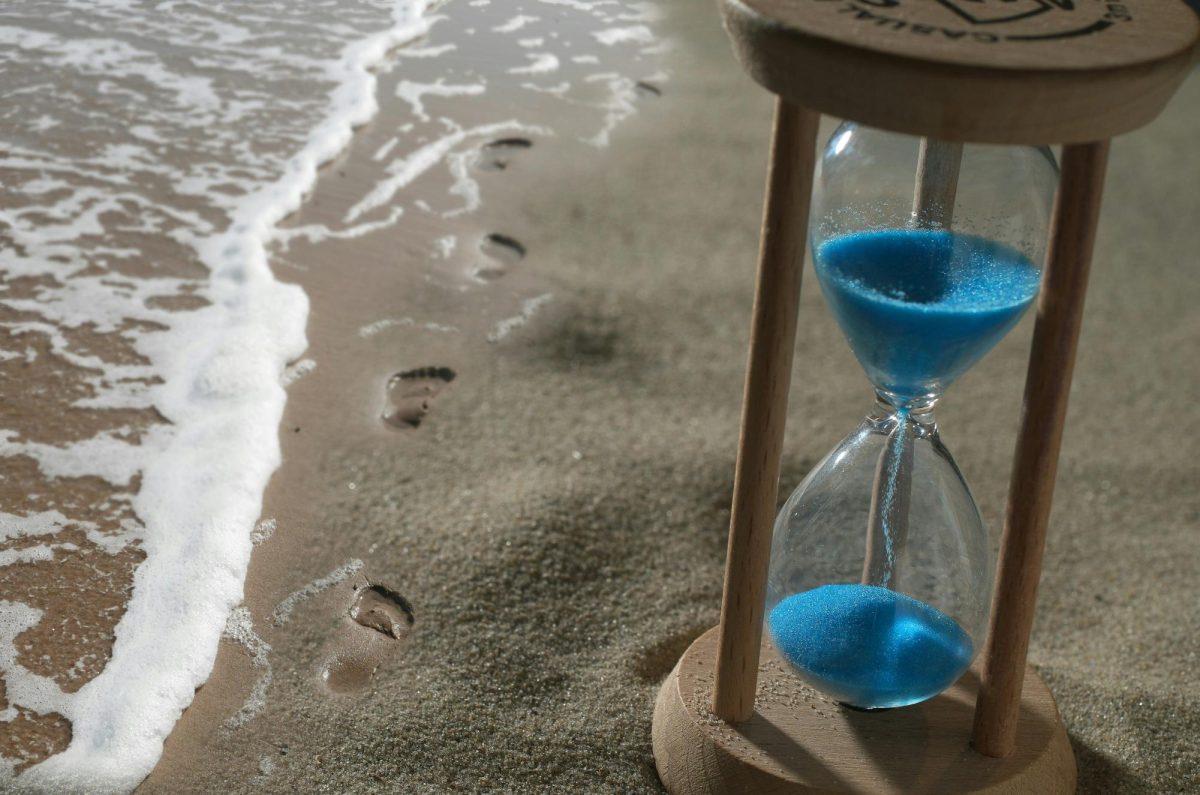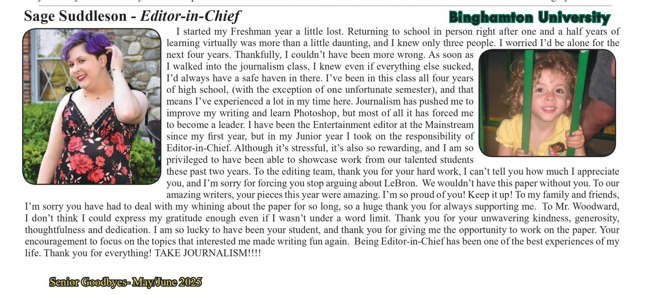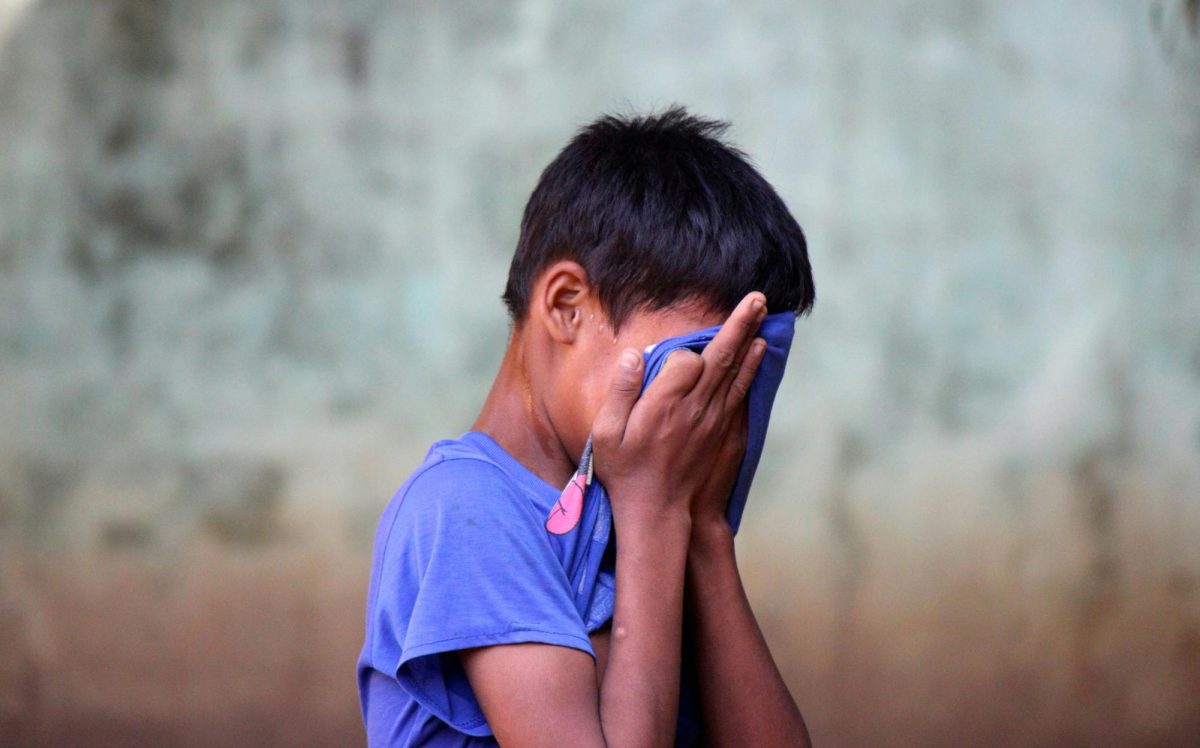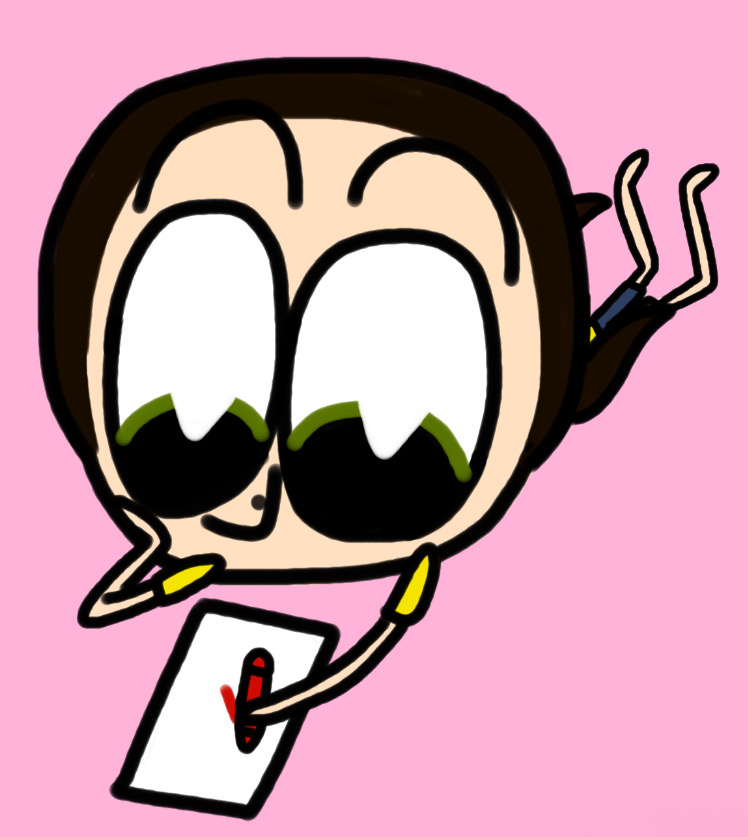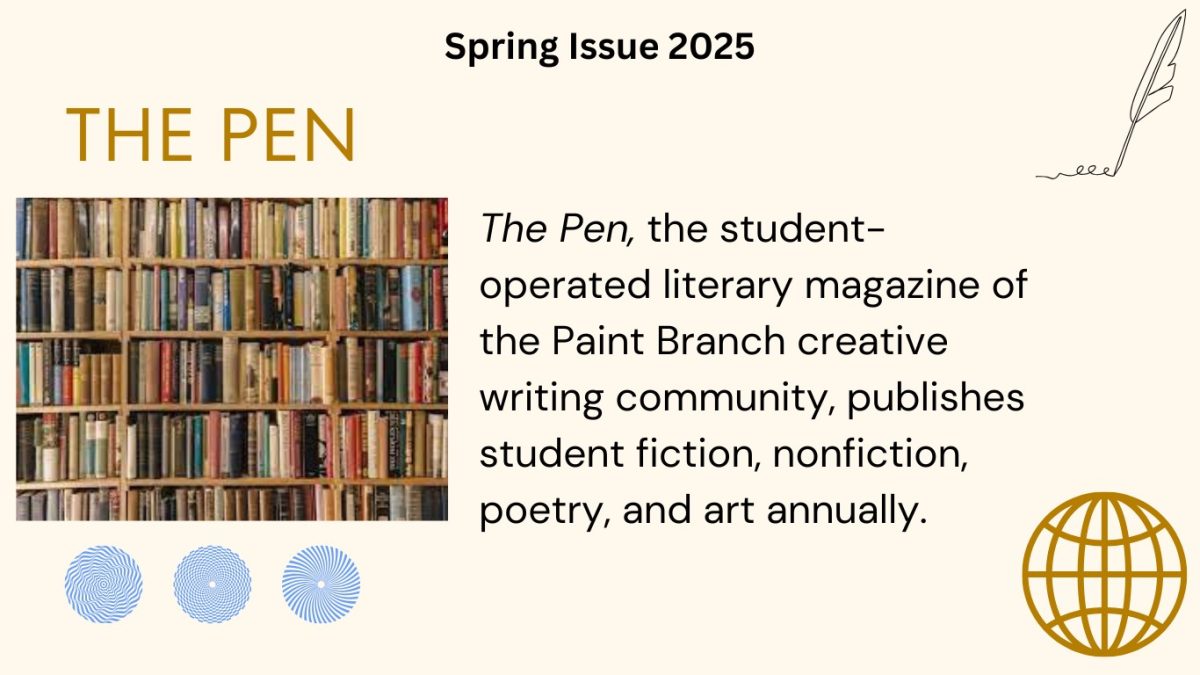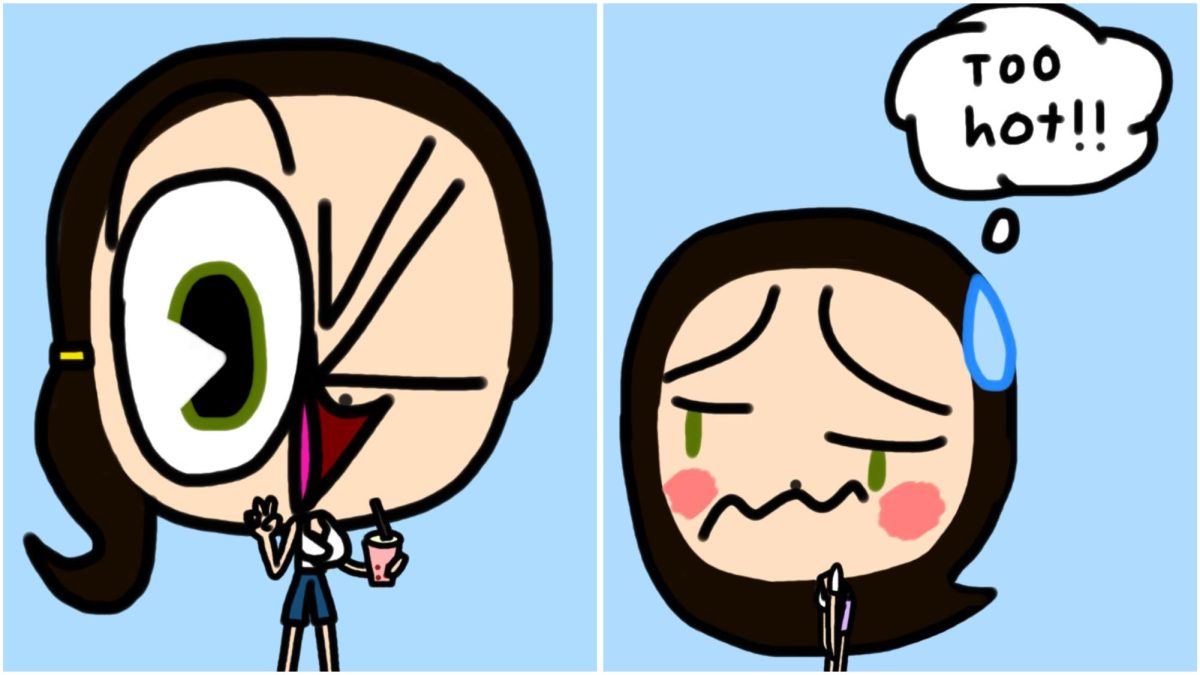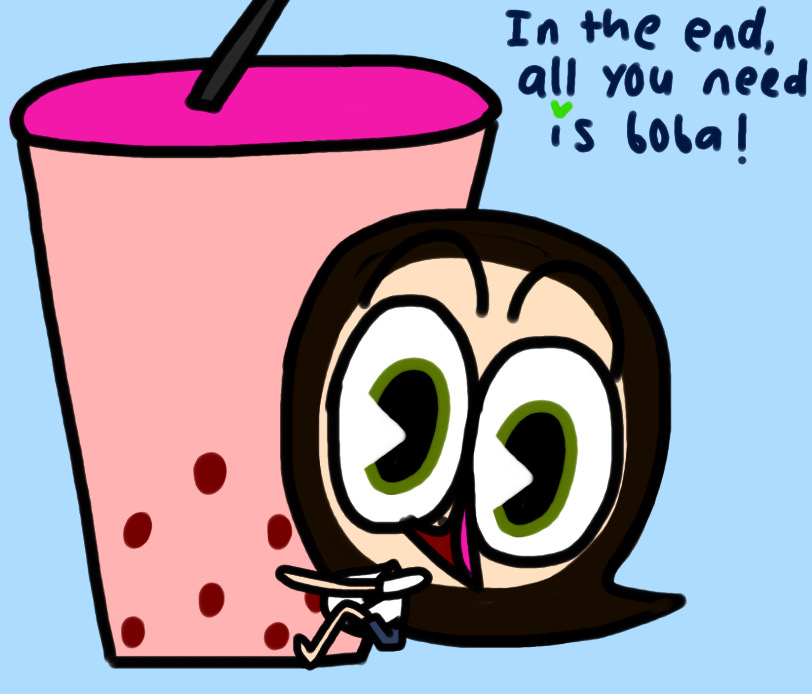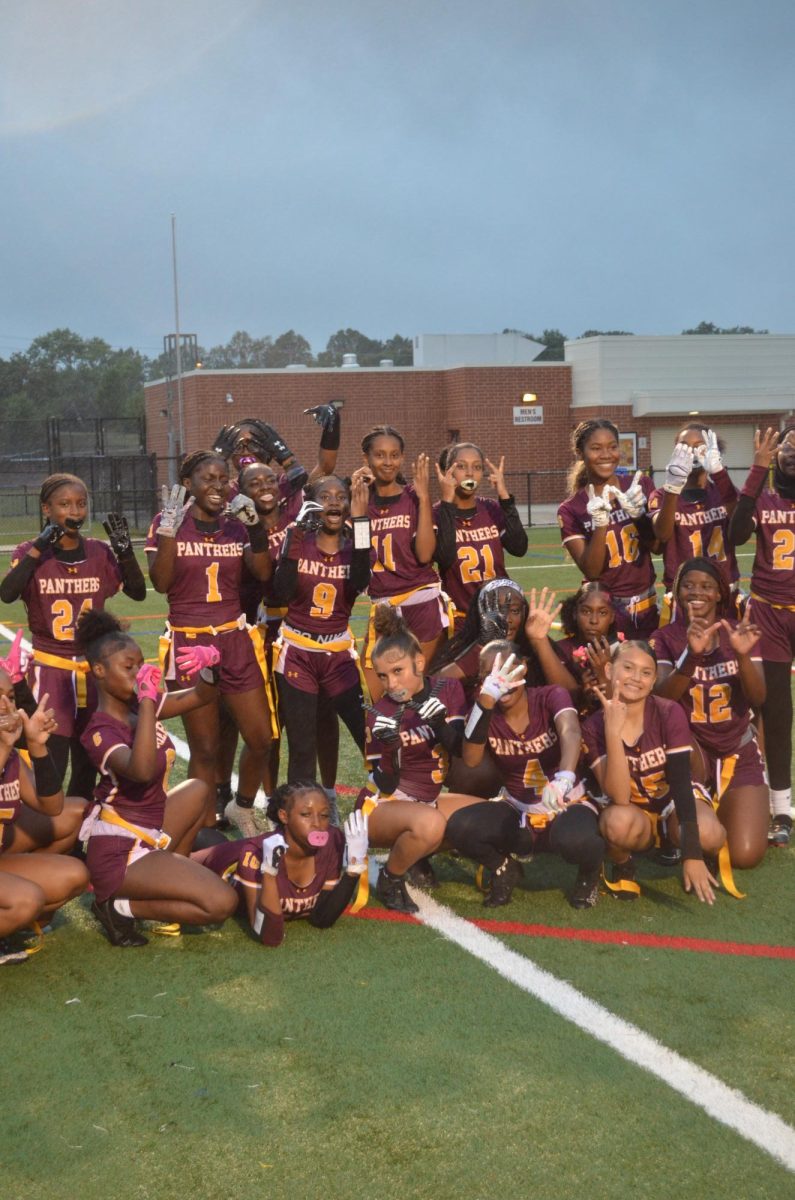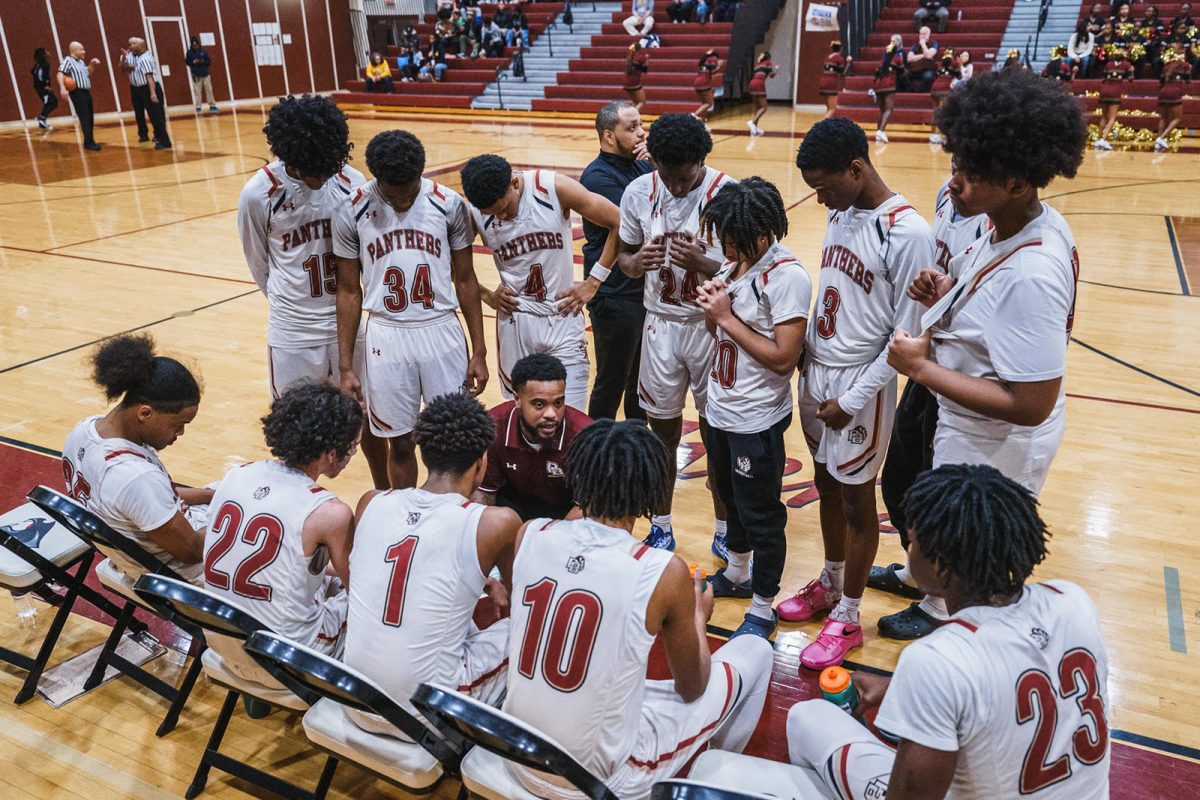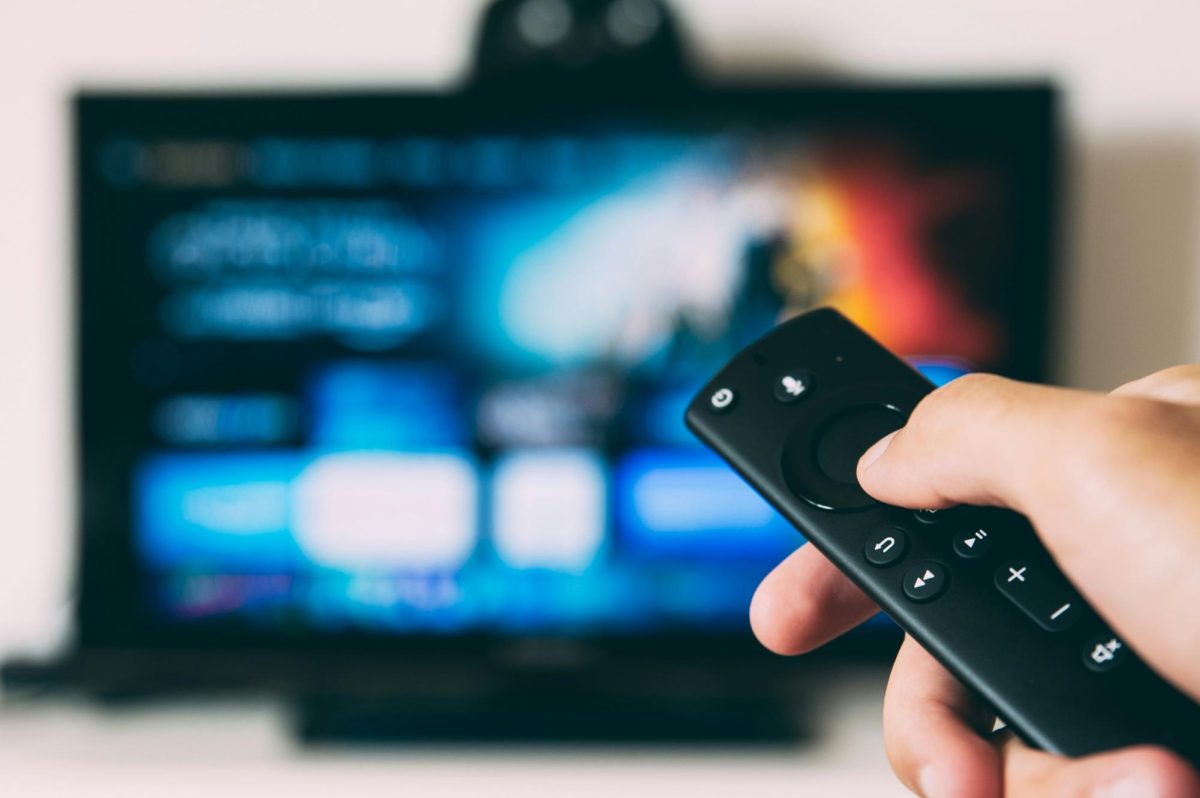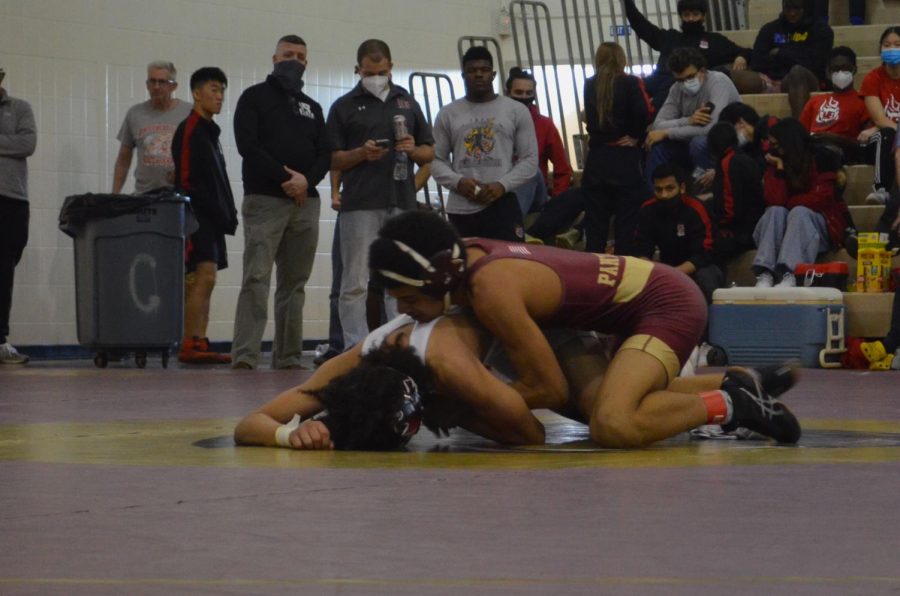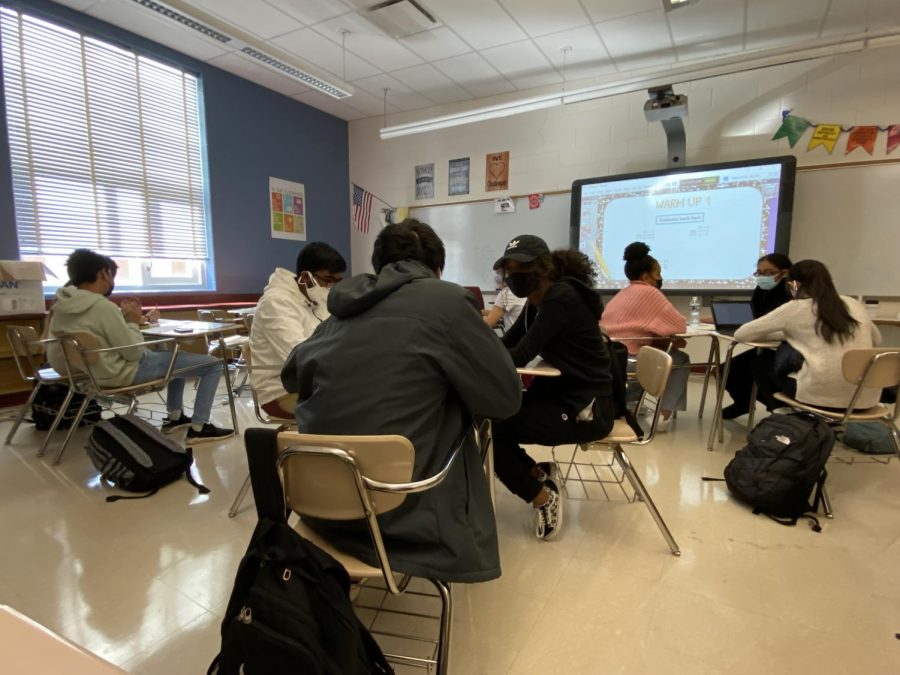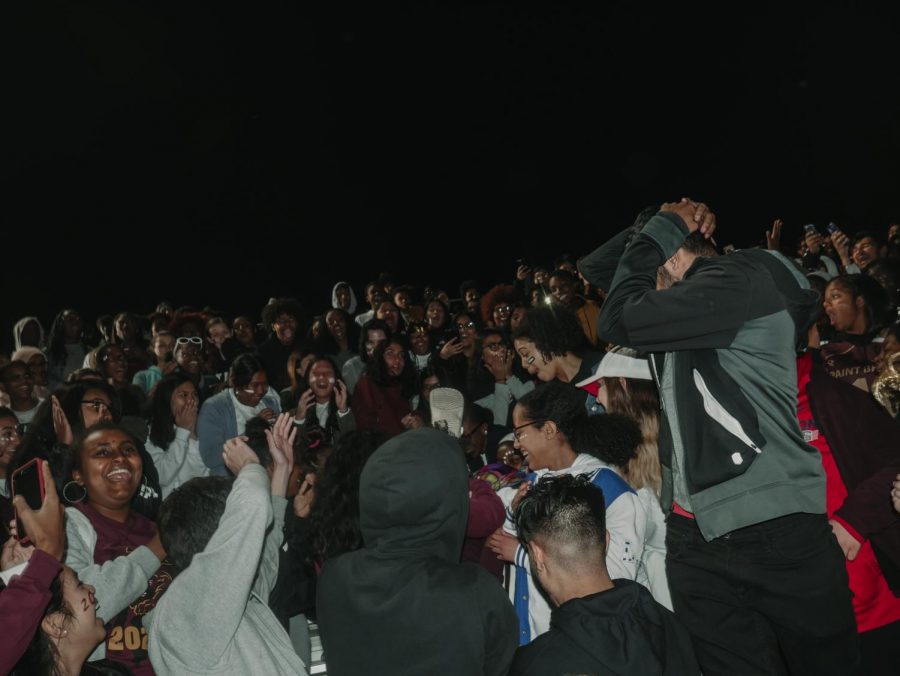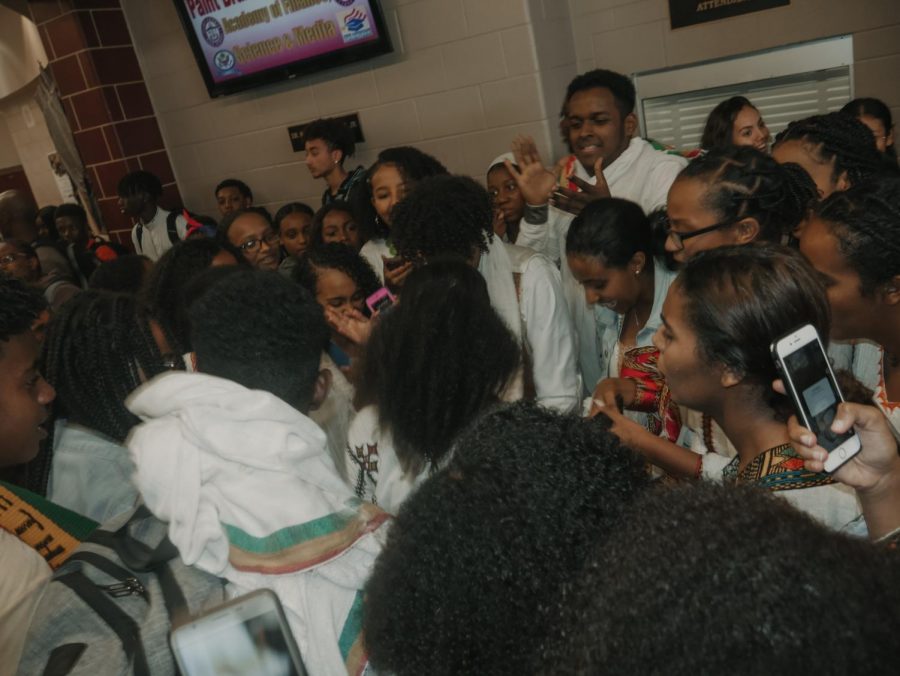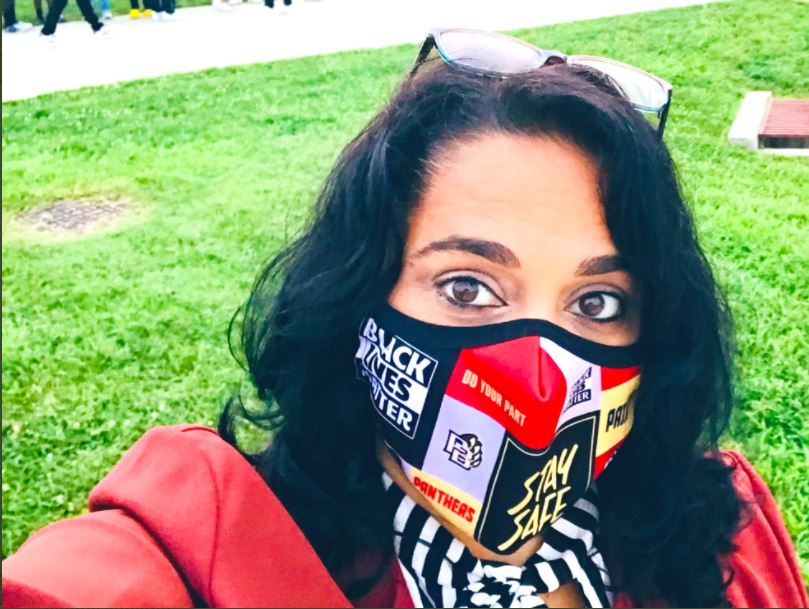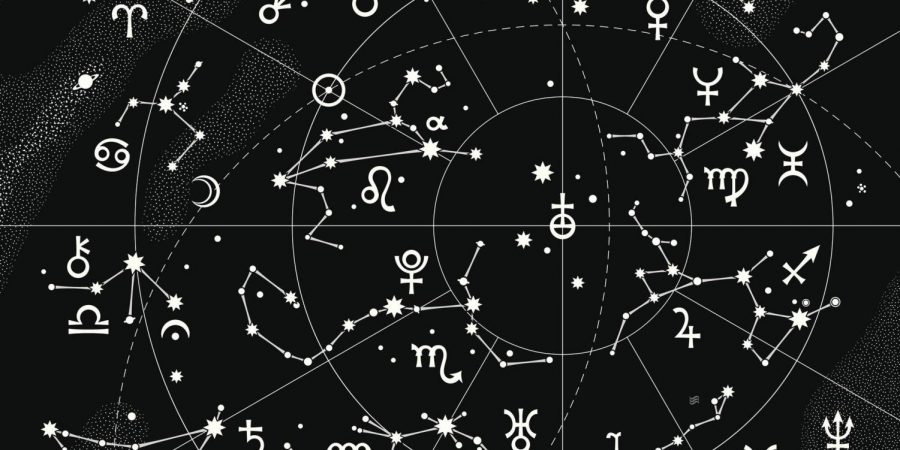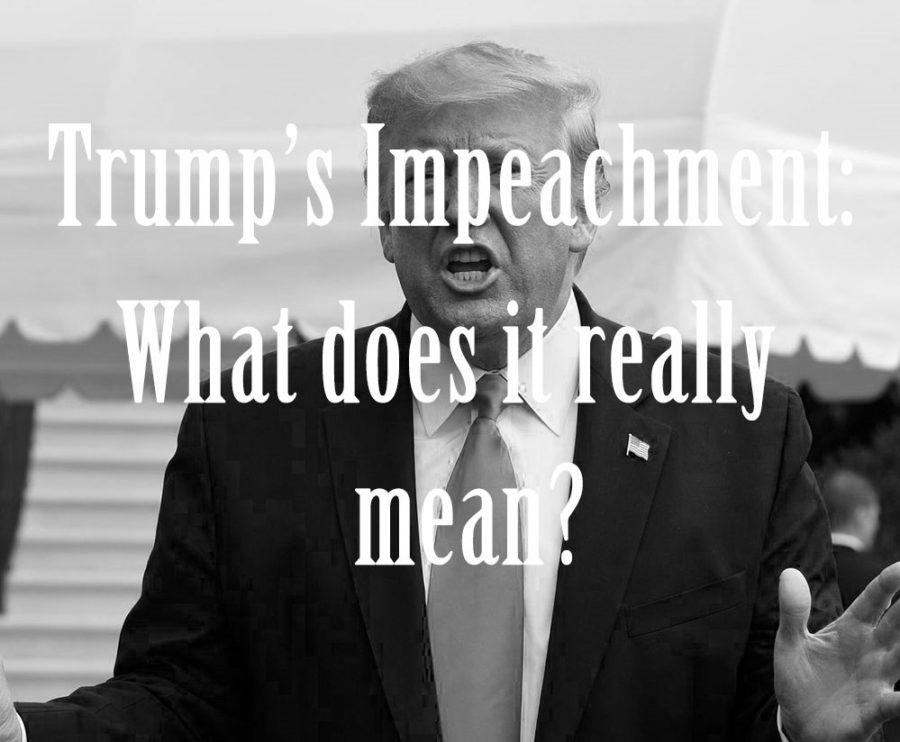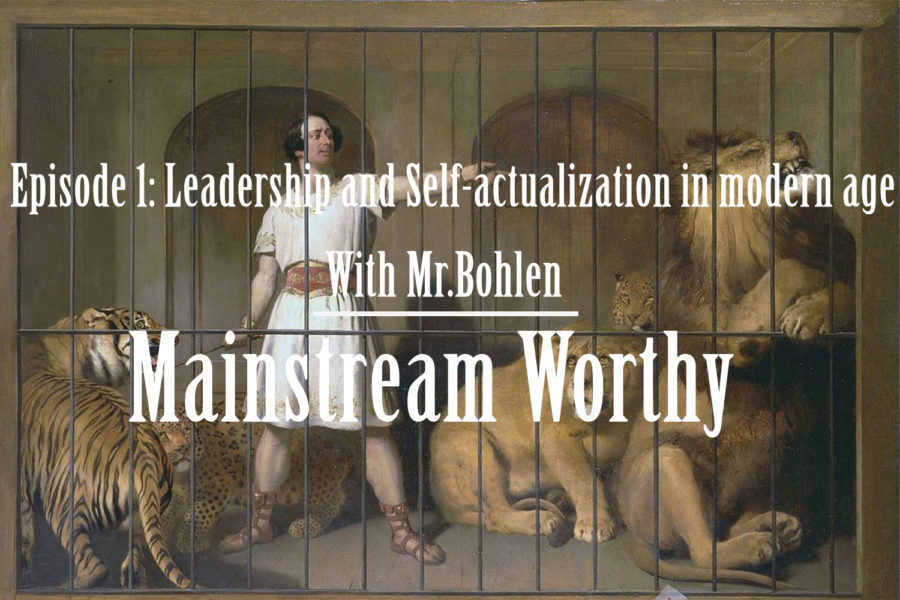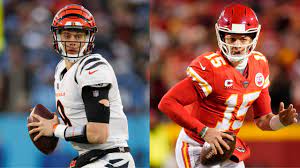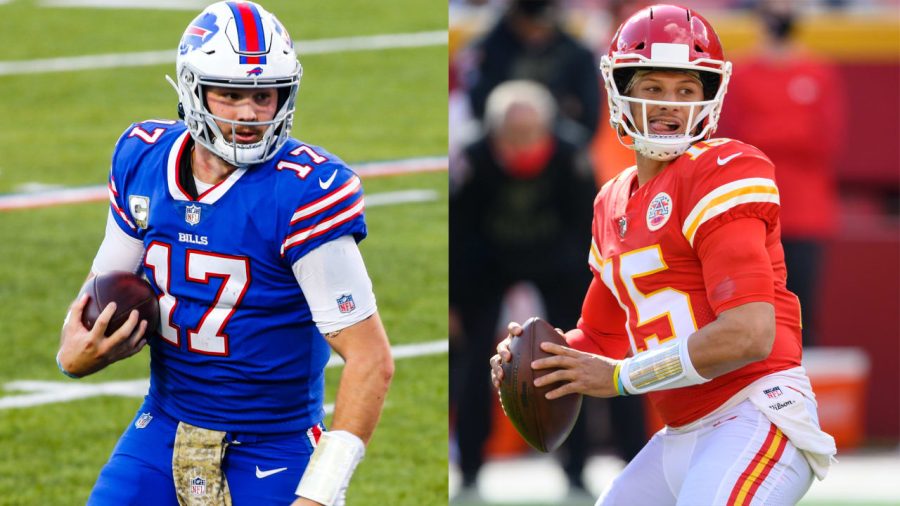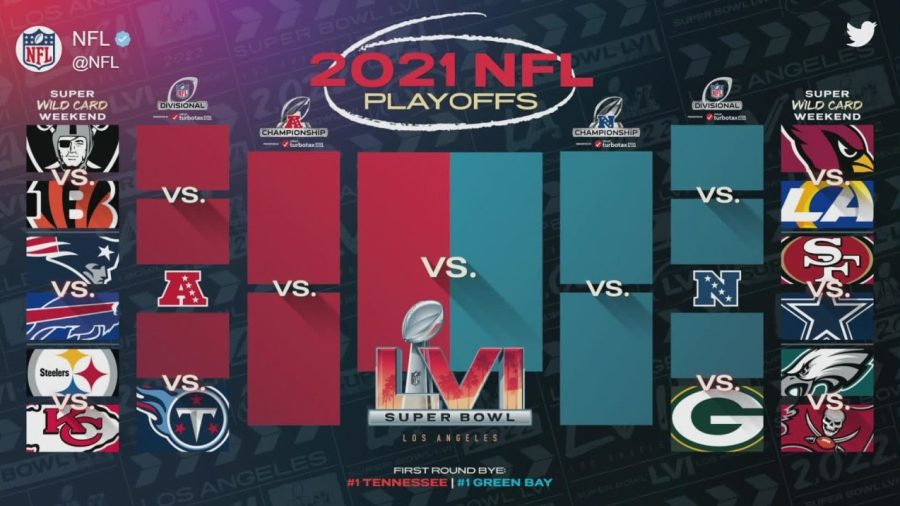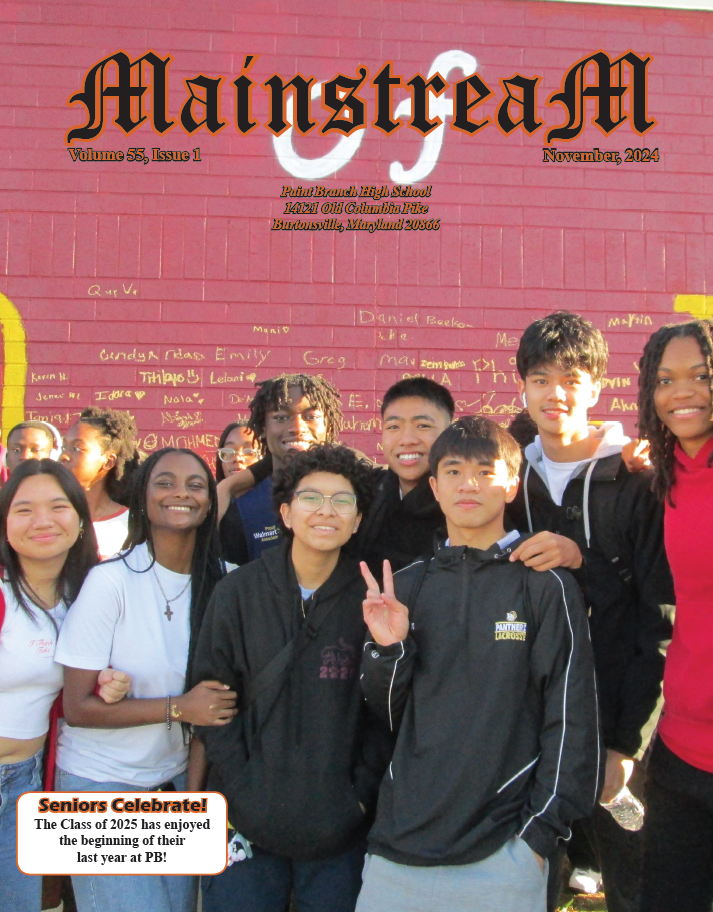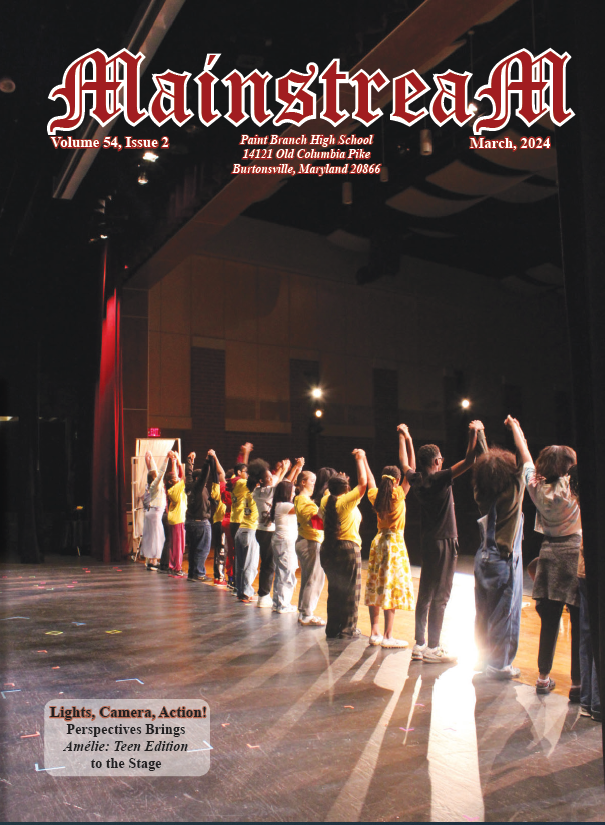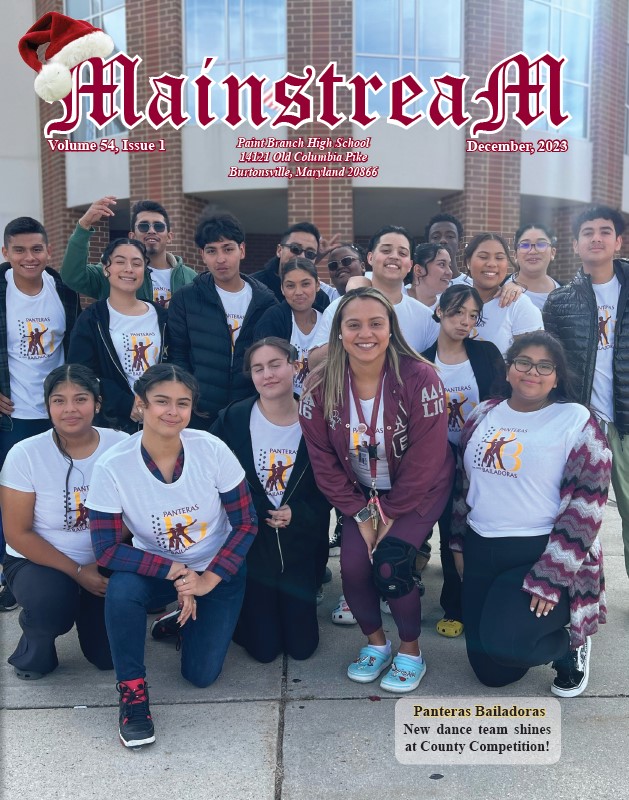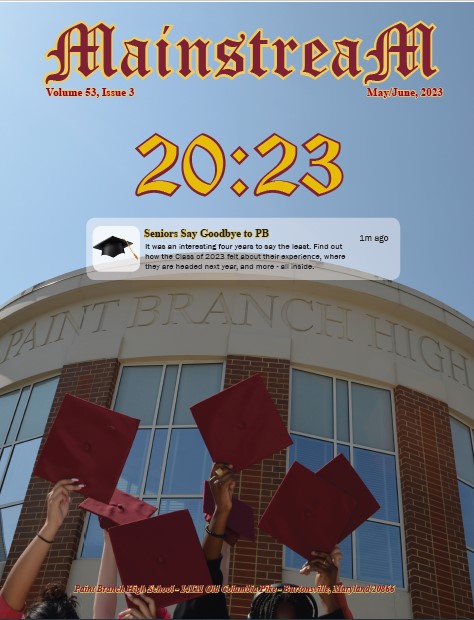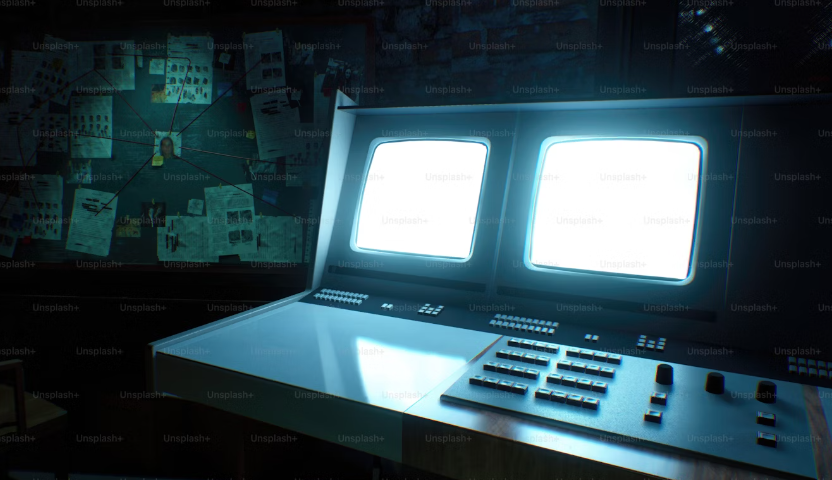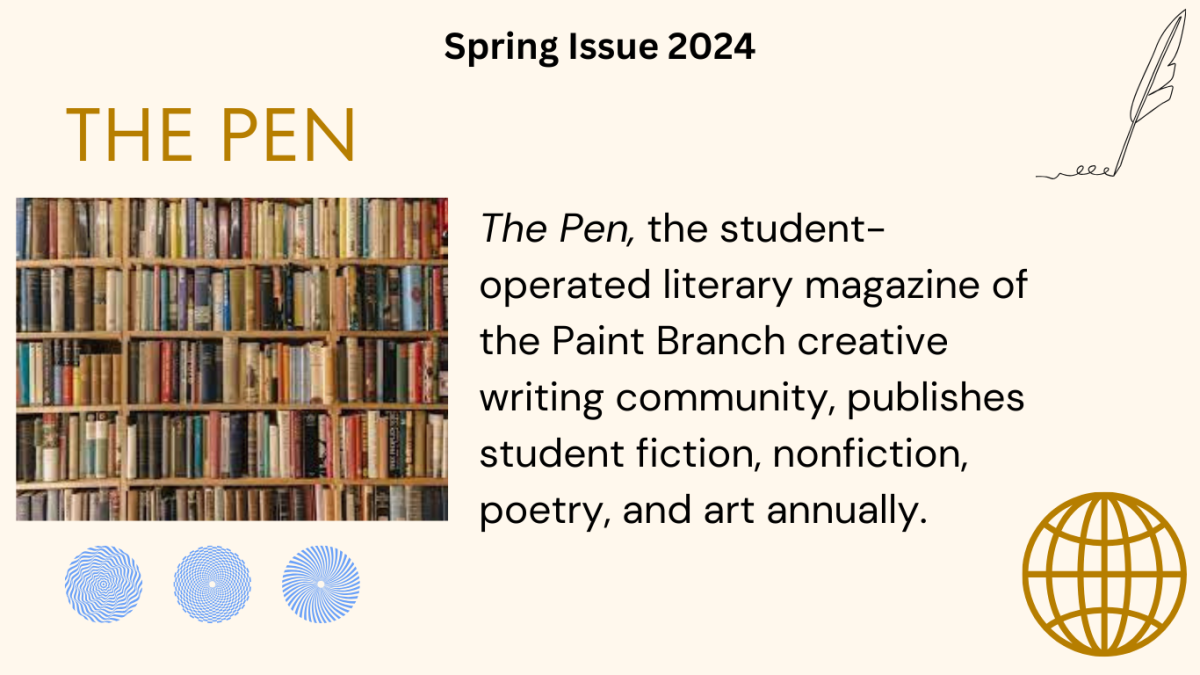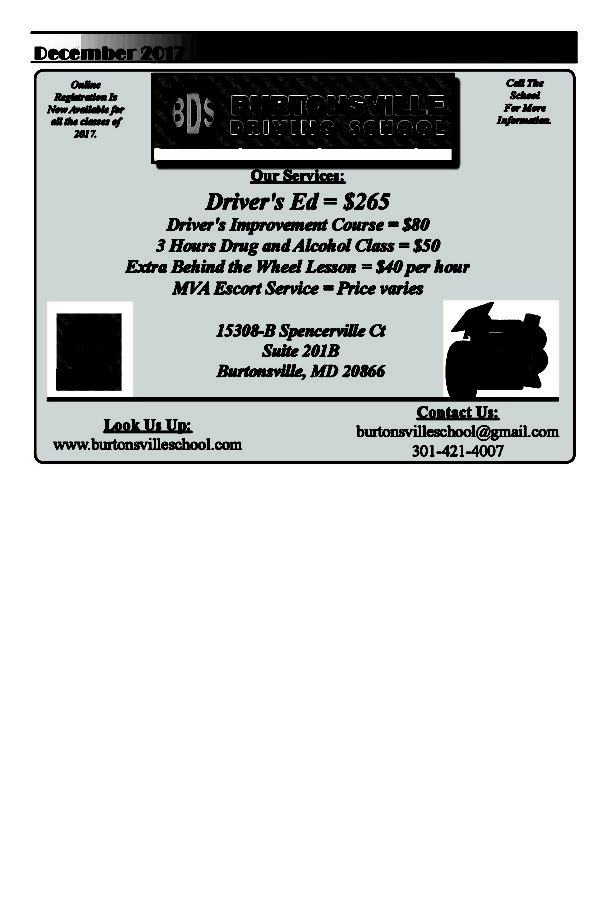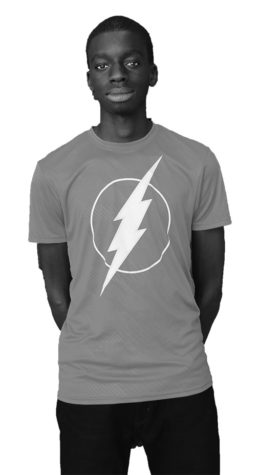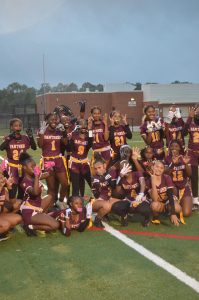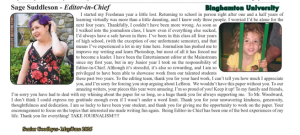Fake Fighters Fight
A Closer Look at Pro Wrestling
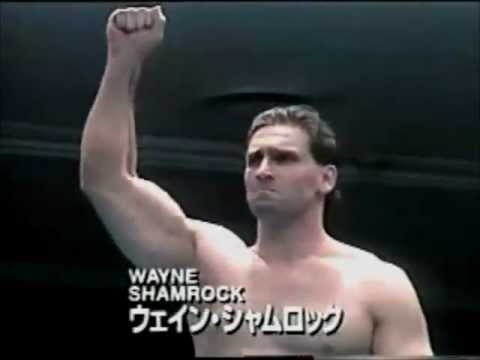
December 12, 2017
 Pro-wrestling is fake. Fake as in scripted. All of the matches are decided by the wrestling promotions writers and management, which construct storylines for each wrestler consisting of fabricated drama.
Pro-wrestling is fake. Fake as in scripted. All of the matches are decided by the wrestling promotions writers and management, which construct storylines for each wrestler consisting of fabricated drama.
Yeah, it hurt me finding that out too. The truth is, we should have known it was fake when we saw Kurt Angle, an olympic medalist in wrestling, lost to John Cena.
All of the athleticism on display is still there, however, it is not intended to be athletic competition in the way one would traditionally think of it. The point of a match from a pro-wrestler’s perspective is not to win, but to connect with the audience in a thrilling, visually, stimulating, safe performance.
When one looks at it through this lens, you realize that it’s just as hard trying to knock out a guy in a fight as it is to keep the guy safe in a great looking fake fight.
Some professional wrestlers attempt to enhance the realism in their matches with shoot style or strong style. The style consists of full-contact strikes, producing an audible slap of skin-on-skin which makes a viewer wince and say,”Ooh, that must have hurt!”
Japan actually pioneered this style in the 1970s . The forerunner of this movement was Antonio Inoki, taught by catch-wrestler Karl Gotch, used the hard-hitting style to win the hearts of the Japanese wrestling crowd, catapulting them to cultural icon status akin to John Cena in the United States. Japanese wrestling promotions continued to evolve the style by incorporating various moves from several real-life fighting styles. Muay thai, karate, Brazilian jiu-jitsu, and catch-wrestling all contributed to the distinct wrestling style in Japan.
One Japanese promotion, Fujiwara Gumi, focused on solely shoot-style. The wrestlers would not have any crazy gimmicks (or character traits like American pro wrestler The Undertaker), and put on hard-hitting matches in a setting similar to real-fighting promotions.
The promotion produced three modern MMA legends: Masakatsu Funaki, Minoru Suzuki, and Ken Shamrock. Despite the scripted nature of their profession, the trio had exceptional grappling and submission skills from sparring against each other in their training.
Eventually, the promoters noticed their skill and decided to put Shamrock in a real match against Don Nakaya Nielsen, a Muay Thai fighter, at the Tokyo Dome on October 4, 1992. No one would be into a real match, it would just be boring, right? To the shock of many in the industry, the crowd loved the match due to a major upset; that’s right Shamrock, a man who puts on fake matches, made a respected Muay Thai fighter tap from an armlock.
The interest for unfixed matches in Japan was clear, and no one capitalizing on the success of the Shamrock-Nielsen bout caused Suzuki, Funaki, Shamrock and other wrestlers invested in the shoot-style, to leave the promotion to form a new MMA promotion: Pancrase.
The promotion’s first event was on September 21,1993, titled “Yes, We Are Hybrid Wrestlers,” at the Tokyo Bay NK Hall. It was a five match card which included Suzuki, Shamrock, Funaki, and MMA legend Bas Rutten. As a result of the wrestling background, Pancrase enforced rules that strangely differ from modern MMA rules, according to wrestling journalist Dave Meltzer, Pancrase rules prohibited closed fist punching and allowed breaks on the ropes for submissions, no such thing exists in modern MMA. All five matches ended in either KO or submission. The event drew a reported crowd of 7,000 raving fanscementing the validity of a Japanese MMA promotion. Pancrase would put on more events including single elimination tournaments. Suzuki, Shamrock, and Rutten would go on to make a name for themselves in the UFC, leaving behind the promotion.
While the promotion was definitely strange in its ruleset it was a breeding ground for the early MMA stars, as it predated UFC. No one foresaw the success of Pancrase, it was just a couple of pro-wrestlers taking a chance.
Who knew fake fighters could actually fight?



